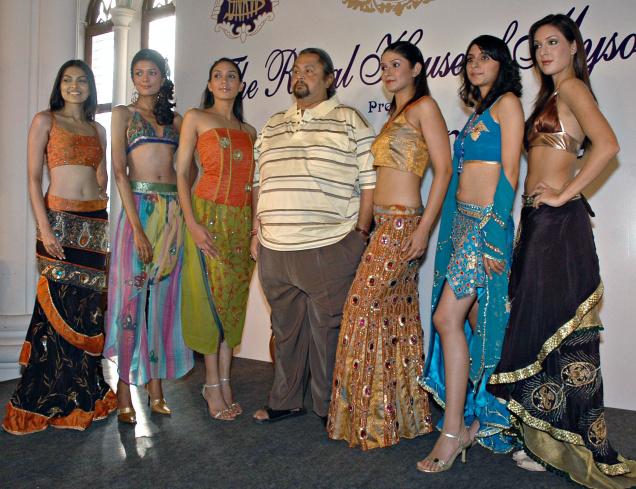MYSORE, December 11: In the popular imagination of the present generation of people in old Mysore, Srikantadatta Narasimharaja Wadiyar was the face of the royal dynasty that ruled Mysore for nearly five centuries.
Though officially, the last maharaja of Mysore was his father late Sri Jayachamarajendra Wadiyar, as the institution of monarchy was abolished after Independence and the Privy Purse due to the royal families in India was abrogated by the then Prime Minister Indira Gandhi, Srikantadatta Narasimharaja Wadiyar continued to be addressed as the “Yuvaraja”, “maharaja”, “Prabhu”, etc., thanks to the ocean of goodwill the people had towards the royalty, mainly due to the good work rendered by his forefathers.
He is reckoned to have ascended the throne through a private ceremony in September 1974 but it hardly merited importance in the polity of the State as the institution of the maharaja had become an anachronism. A four-time MP, his first major tryst with public life was when he joined the Congress in 1984 after the assassination of Indira Gandhi. He was allotted ticket to contest as an MP from Mysore to the eighth Lok Sabha and he romped home with a thumping majority. During his first term he was the member of the Consultative Committee in the Ministry of Sports and Youth Affairs, Ministry of Tourism and Ministry of Civil Aviation
He was re-elected to Parliament in 1989 but fell out with the Congress and joined the BJP in 1991 and lost to Chandraprabha Urs of the Congress. However, he returned to the Congress and was re-elected in 1996, and again in 1999 but came third in the 2004 general elections.
That Wadiyar enjoyed good will — especially in the rural areas — was evident during the election campaign when people, irrespective of their party affiliations, would rush to greet him and interact with him, though not all of it did translate into votes. But notwithstanding the good will that Wadiyar enjoyed, he was perceived to be “out of bounds” to the public, according to his critics who had flayed his style of functioning from the palace, though he held public office. However, his supporters pointed out that an MP in a modern democracy has limitations and cannot deliver like a maharaja. Hence, the comparison of Wadiyar to the achievements of his forefathers is inapt.
While Jayachamarajendra Wadiyar was a renowned musician and composer and became the Rajapramukh of Mysore and the Governor of Madras State after Independence, his immediate predecessor, Krishnaraja Wadiyar IV, was the builder of modern Mysore and in this he was assisted by able Diwans such as Sir M. Visvesvaraya and Sir M. Mirza Ismail.
As veteran journalist Krishna Vattam pointed out: “the growth of Mysore between 1800 and 1940, and its emergence as a model city, could be attributed to the latter Wadiyars who built it from scratch after the capital of the erstwhile Mysore kingdom was shifted from Srirangapatna after the fall of Tipu Sultan in the fourth war of Mysore on May 4, 1799. But to expect similar contributions from the last Wadiyar was flawed”. Wadiyar kept himself engaged in pursuit of his business — mainly hotels such as the Fernhill Palace at Udhagamandalam and was in the process of refurbishing the Rajendra Vilas Palace at Chamundi Hills.
In more recent years, he was associated with Karnataka State Cricket Association (KSCA). However, for the commoners it was only during Dasara that Wadiyar would come into public gaze as he went about observing religious rituals and rites inside the palace in continuation of a tradition that is traced to 1610.
In the words of Mr. Vattam, “the passing away of Wadiyar marks the end of an era as the Yadu dynasty ruled Mysore as the feudatories of the Vijayanagar rulers since the 14th century. He, being the direct descendent of Jayachamarajendra Wadiyar, was virtually the last link to the royal family.”
His passing away has brought the curtains down on a history of a dynasty whose regime is documented since 1399 making it longer than that of the Mughals.

